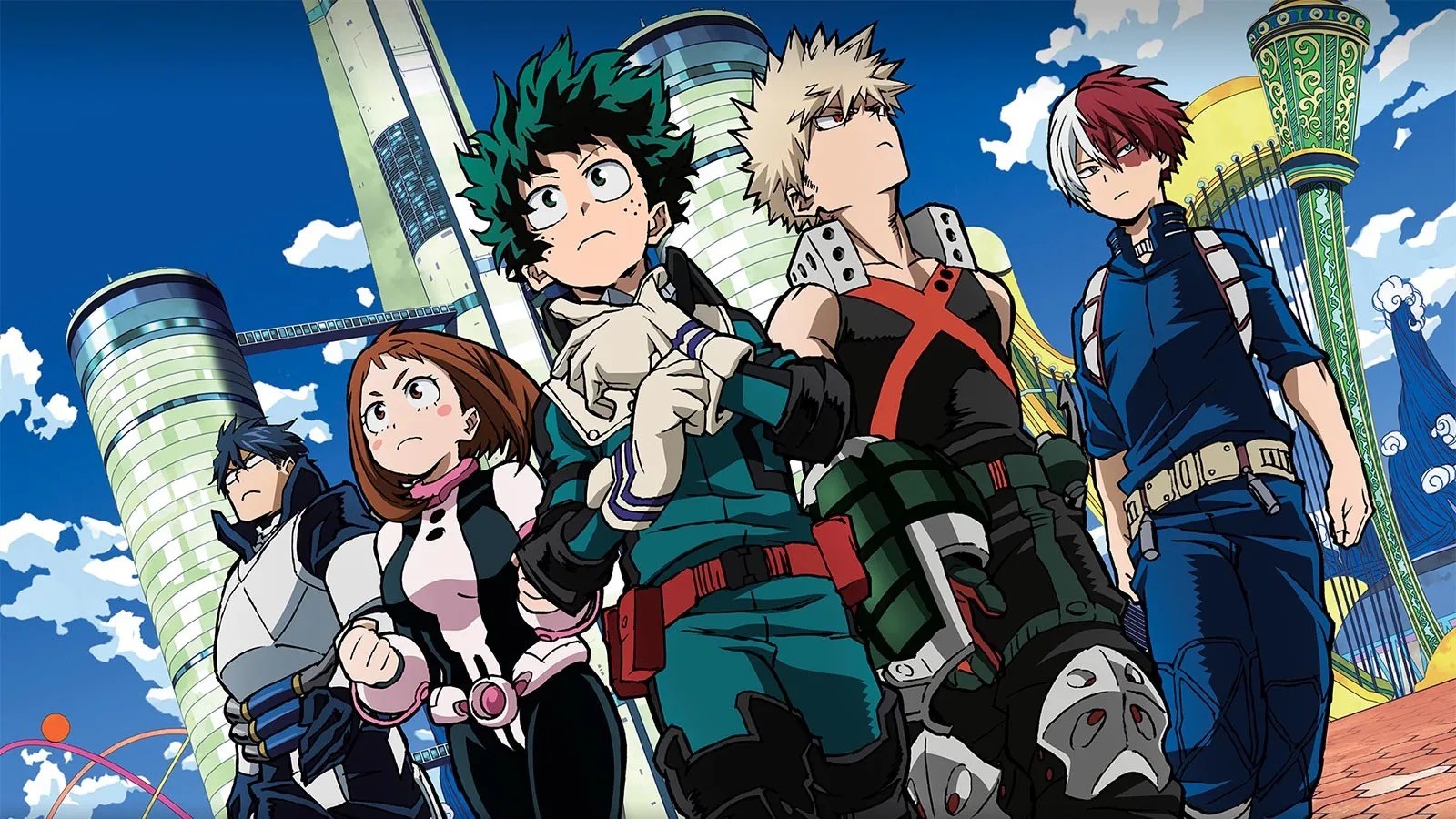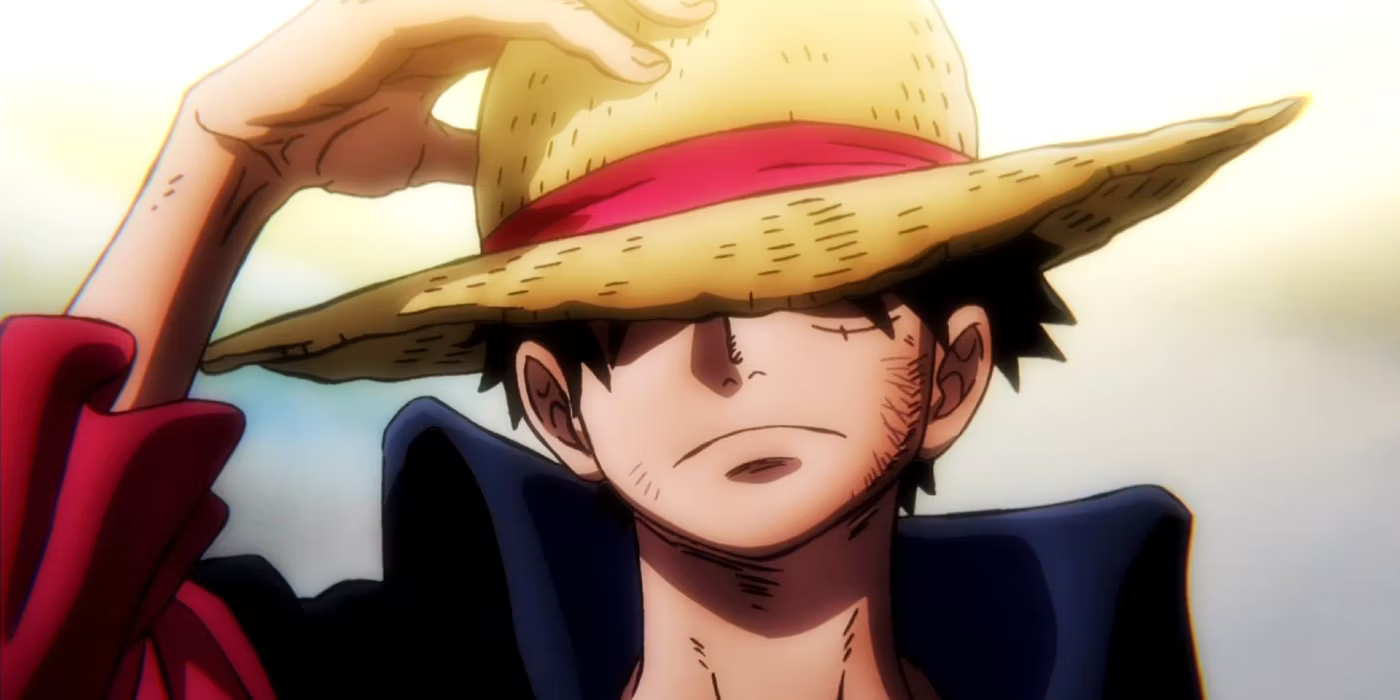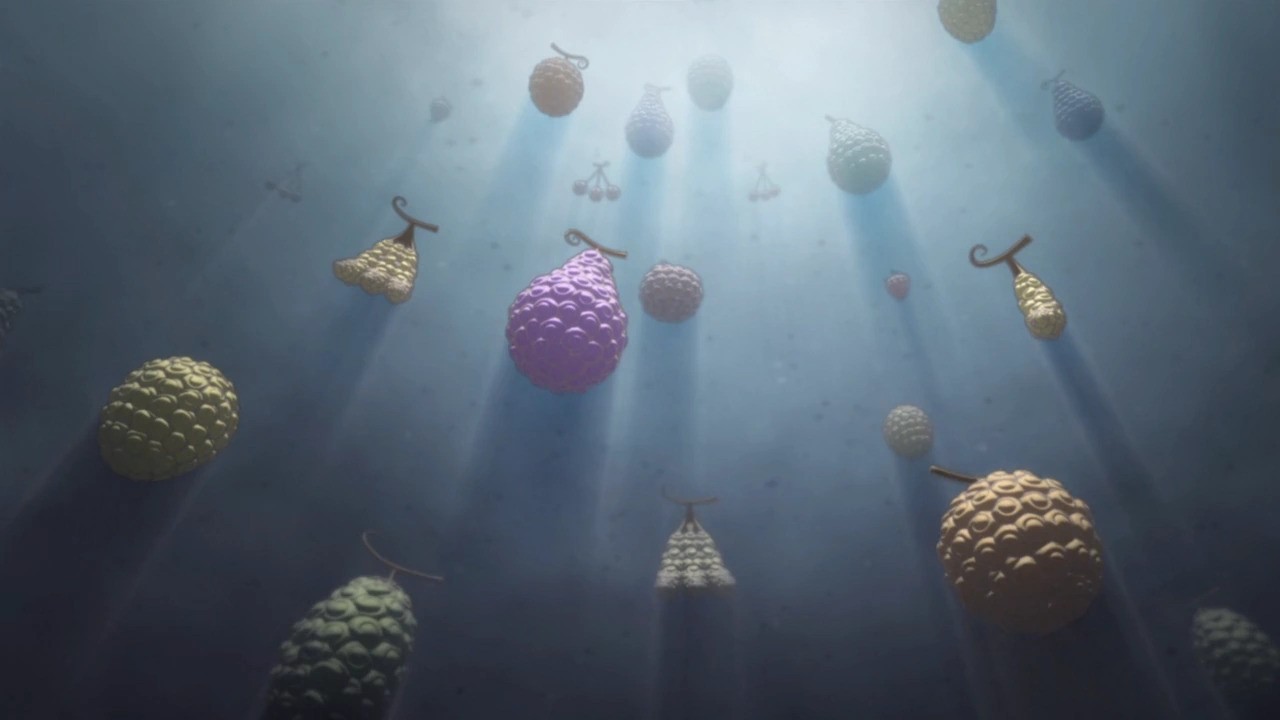One Piece and My Hero Academia are popular anime and manga series loved by fans and critics. They both have unique stories and are known for their special abilities.

One thing that stands out about both shows is their power systems. In the world of anime, there are many power systems, but the Devil Fruits in One Piece and the Quirks in My Hero Academia are particularly exceptional. Although these power systems are different, there is one key factor that makes them more similar than fans might realize.
My Hero Academia Power System is Similar to One Piece’s Devil Fruit Powers
In One Piece, people get special powers from Devil Fruits, but they can’t swim after eating them. The powers can be anything from stretching to controlling elements. The creator, Oda, is really creative in making unique powers and characters.

In My Hero Academia, people have innate powers called Quirks from a young age, like super strength or manipulating elements. The creator, Horikoshi, is good at giving each character a unique look that matches their power.
In MHA, 80% of people have Quirks, so there are lots of characters with cool powers. Both One Piece and My Hero Academia are exciting because of the clashes between characters with awesome abilities. The creators, Eiichiro and Horikoshi, show off their creativity and artistry in making cool powers and designing them well. One Piece is very similar to MHA, but its power system has fewer drawbacks than MHA’s Quirk system.
One Piece’s Devil Fruits Are Better Than MHA’s Quirks
Most powers are hard to master because they usually have a weakness. However, when people in One Piece eat Devil Fruits, their only weakness becomes an inability to swim. This is a big problem for them in a story about pirates sailing the seas.
If One Piece happened in a world where traveling across oceans wasn’t important, Devil Fruit users would hardly have any weaknesses. They’d need to use strategy in battles based on power types, but a user with fire powers could still beat a user with magma powers.

In My Hero Academia, each person’s Quirk drawbacks are different and can result from using the power too much. Shoto Todoroki, with his half-hot half-cold Quirk, faces two potential issues. If he uses the fire too much, his body temperature becomes dangerously high.
Overusing ice can lead to frostbite. Other weaknesses can come from the Quirk’s abilities. For example, Tsuyu Asui’s Frog Quirk makes amphibians or reptiles hibernate when it gets too cold. Training can help overcome some weaknesses, but mastering a Quirk is necessary to avoid problems.

